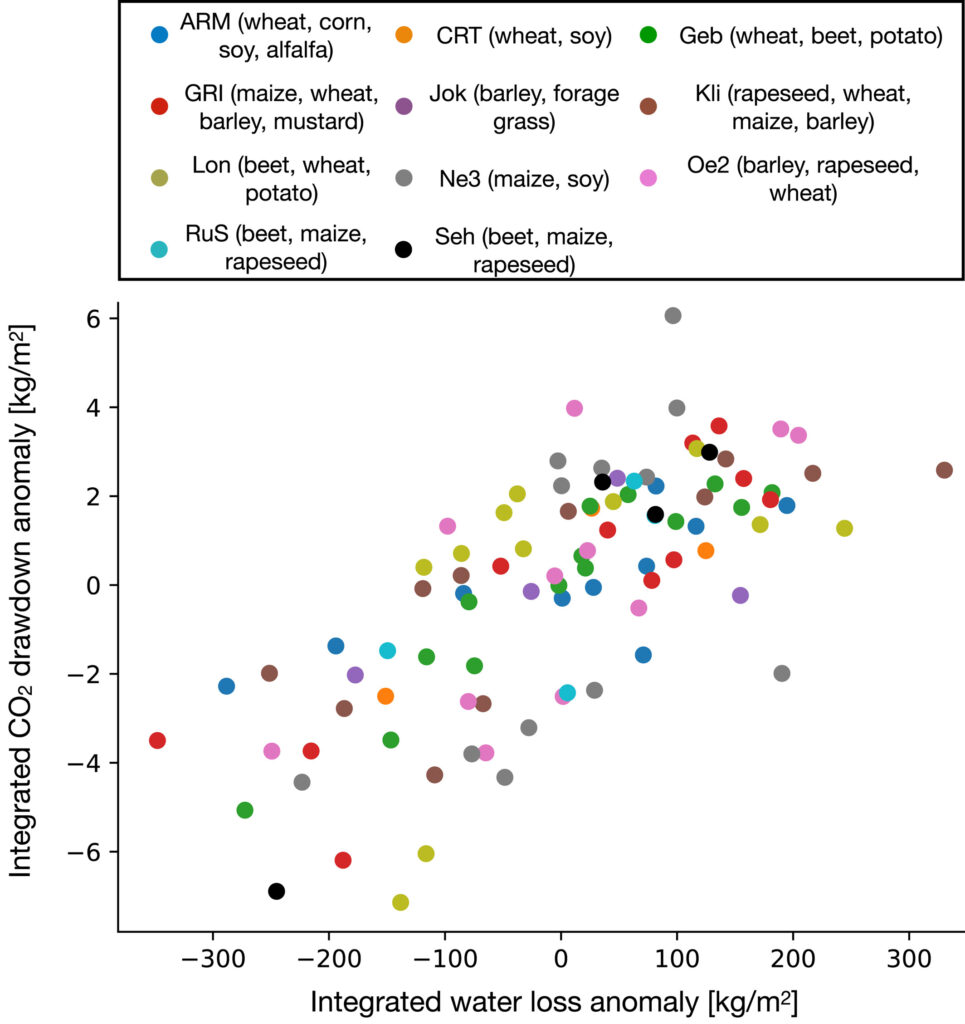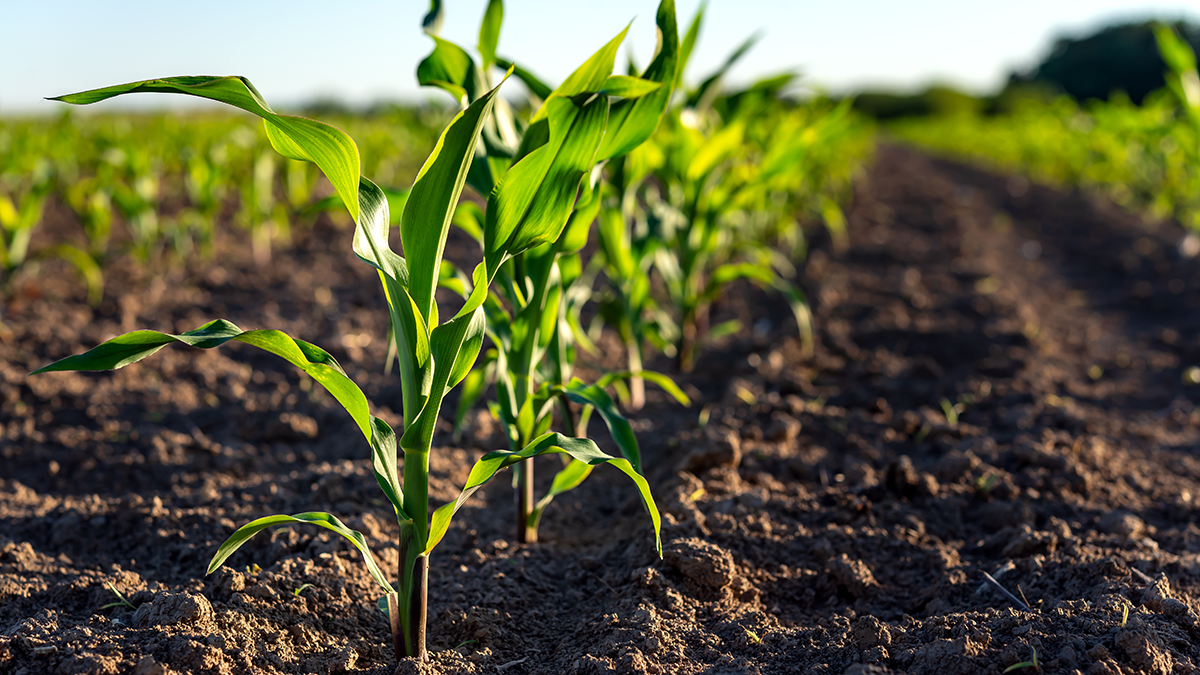Editors’ Highlights are summaries of recent papers by AGU’s journal editors.
Source: AGU Advances
Observational analyses consistently find that yields of major rainfed crops increase with temperature up to a threshold of approximately 32°C, above which they reduce sharply. However, we still have a limited understanding of the explanation for such outcomes and, therefore, future yield projections are uncertain.

Vargas Zeppetello et al. [2025] explore an innovative hypothesis, which is both intuitive and revolutionary: that soil water stress limits both agricultural productivity and evaporative cooling, giving rise to increase in near surface temperature and finally decrease of yield at extremely high temperatures. In other words, they assume that water stress, and its influence on evaporative cooling, temperature, and agricultural productivity, drives the yield-temperature relationship.
To test their assumption, the authors use growing-season transpiration from an idealized land surface model as a proxy for yield. This approach reproduces the observed yield-temperature relationship, even though the model includes no mechanisms that limit productivity at high temperatures. In experiments where the influence of temperature on soil moisture is suppressed, yields still decline during hot, dry periods in a manner consistent with the observations. The authors conclude that future yield outcomes depend more critically on changes in rainfall, or irrigation, than suggested by estimates that attribute yield losses primarily to temperature variations.
Citation: Vargas Zeppetello, L. R., Proctor, J., & Huybers, P. (2025). Is water stress the root cause of the observed nonlinear relationship between yield losses and temperature? AGU Advances, 6, e2025AV001704. https://doi.org/10.1029/2025AV001704
—Alberto Montanari, Editor-in-Chief, AGU Advances


